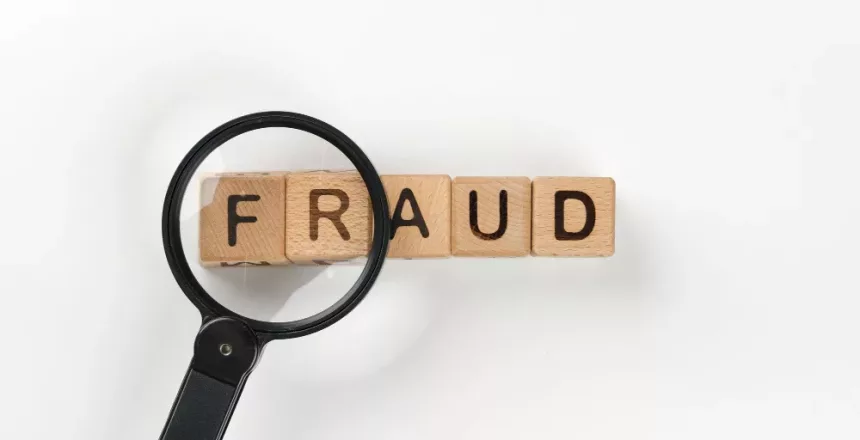
In an increasingly interconnected world, international agreements and legal documents hold paramount importance. Apostille certificates, a mechanism designed to verify the authenticity of such documents, play a vital role in ensuring their legitimacy across borders. However, a recent incident has highlighted how this system can be exploited for fraudulent purposes, jeopardizing trust and cooperation between nations.
In a meticulously planned operation that spanned multiple countries, a skilled fraudster attempted to manipulate the apostille certificate process to carry out a large-scale fraud scheme. This scheme involved the creation and use of counterfeit apostille certificates to give a veneer of legitimacy to forged legal documents, ultimately aiming to deceive authorities and institutions in a foreign nation.
The perpetrators behind this audacious plan capitalized on the complexity of international document verification processes. Apostille certificates are typically issued by the originating country’s authorities to confirm the authenticity of documents such as birth certificates, marriage licenses, and academic transcripts. These certificates, attached to the documents in question, signify that they have been properly notarized and hold legal weight in other countries.
In this case, the fraudsters exploited the reliance on apostille certificates as a shortcut to validation. They fabricated fake certificates with impressive attention to detail, including counterfeit seals, signatures, and even holographic features. Armed with these seemingly genuine certificates, they submitted fraudulent documents to the relevant foreign authorities.
Their objective was to gain advantages that extended beyond the borders of their home country. The fake apostille certificates aimed to mislead foreign organizations, including educational institutions and businesses, into recognizing forged documents as genuine. The potential consequences of such manipulation ranged from obtaining fraudulent academic qualifications to establishing non-existent business credentials.
The fraudsters’ plan, however, was not foolproof. As governments and organizations increasingly deploy advanced verification techniques, the chances of detecting fake apostille certificates are on the rise. In this instance, the scheme was eventually exposed through meticulous cross-checking of information, collaboration between law enforcement agencies, and the vigilance of officials responsible for document authentication.
This incident underscores the pressing need for strengthened international cooperation in the realm of document verification. As technology advances, so do the methods used by fraudsters. Governments and organizations across borders must share knowledge, best practices, and technologies to stay one step ahead of those seeking to undermine the integrity of legitimate processes.
In conclusion, the case of the fake apostille certificates serves as a stark reminder that the web of international cooperation is both a boon and a challenge. While the world becomes more interconnected, opportunities for exploitation also increase. It is imperative for nations and organizations to fortify their systems against such deceitful attempts, ensuring that the trust essential to global interaction remains intact. The incident acts as a beacon, guiding us toward a more secure future where fraud finds no refuge in the shadows of counterfeit apostille certificates.
FILL ONLINE APOSTILLE FORM HERE
APOSTILLE RATE SHEET AND ORDER FORM IN PDF


